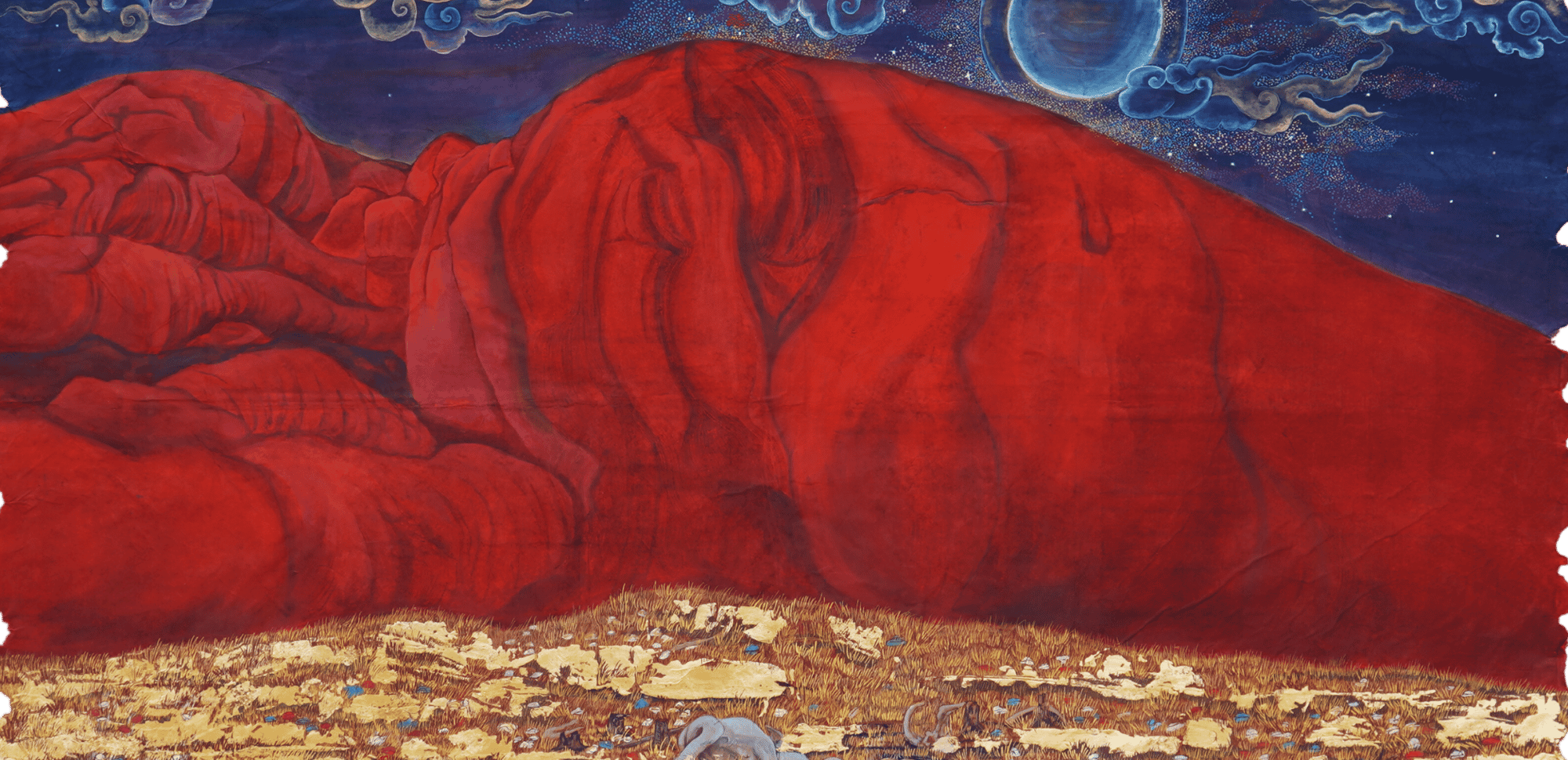#InConversation with Sonali Laha
By Davangi Pathak | Jan 9 2024 · 9 mins
Raised in West Bengal, Sonali Laha believes that employing self-love and embracing the present moment to radiate joy represents the ultimate act of resistance. In doing so, she endeavours to articulate the intricate journey of the human mind, body, and soul, exploring their interactions in diverse contexts. Laha consistently endeavors to render her thoughts and experiences visible through her artwork, constructing an ongoing path of remembrance. Through this interaction we will dig deep into Laha’s journey and how it enables her to recognize the importance of illuminating the darker aspects of life, with the natural world and daily experiences serving as integral components of her artistic expressions.
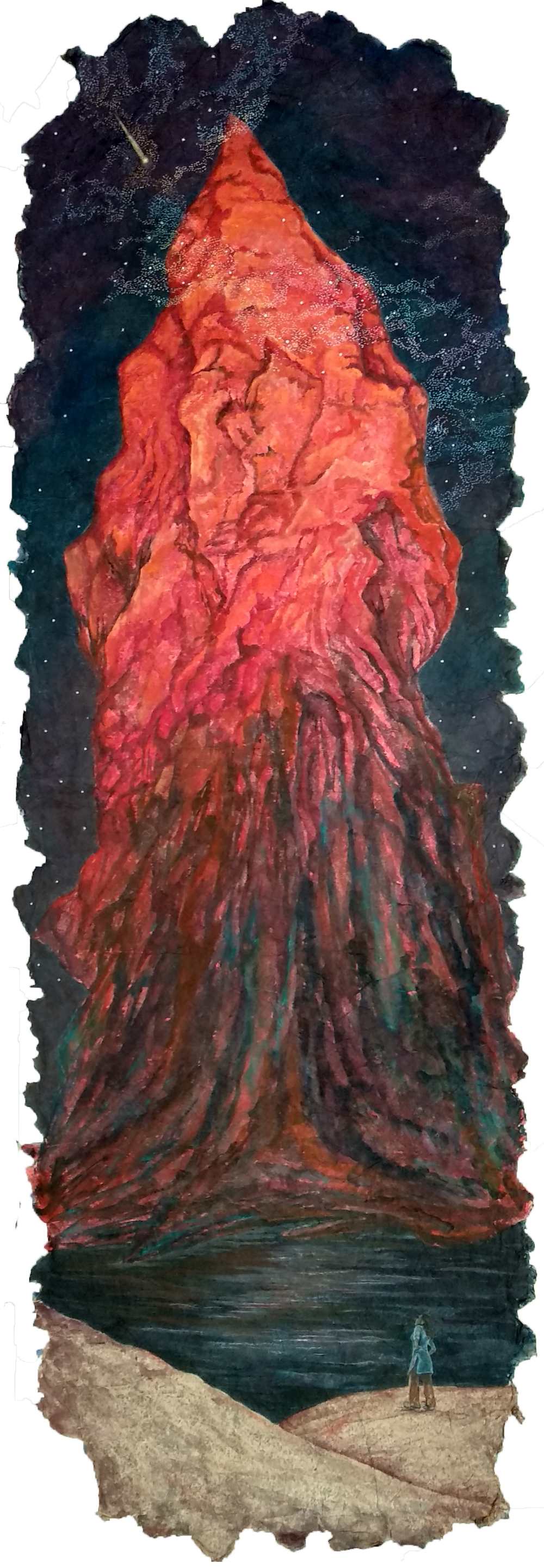

The Red Mountain, 2019
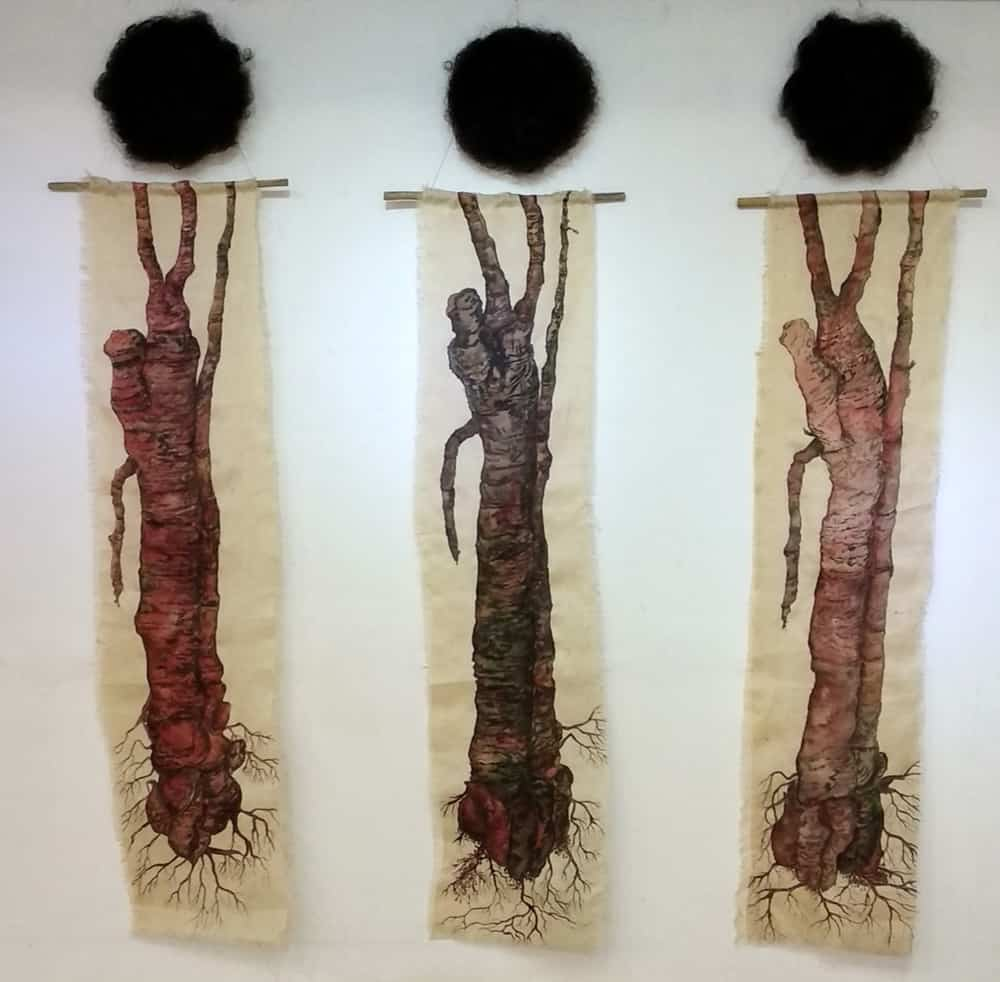

When a tree was trying to grow under the moonlight, 2019
Davangi: As you mentioned in our previous conversation that you had an inclination towards arts since childhood, however being an eldest daughter it was difficult for you to convince your conservative family to pursue arts. I am sure it has been a very difficult journey. How did art encourage you and motivate you to pursue art? What other challenges did you face in your journey as an artist? Would you like to share a few helpful insights to the aspiring artists who might be undergoing similar difficulties?
Sonali: Since childhood, my profound passion for art has been ingrained in the fabric of my being. Even before comprehending the essence of art, I found myself irresistibly drawn to anything adorned with drawings or decorations. Visits to Santiniketan, West Bengal, where certain family relatives reside, played a pivotal role in sculpting my understanding of art and its creators. The realization of this connection blossomed during my 10th or 12th-grade years. Convincing my family to allow me to pursue my artistic passion was no small feat and spanned over three years. Despite having already earned a BA in geography, I eventually persuaded my father to permit my enrollment in a BFA program with a focus on painting.
This was a particularly formidable task in Bengal, where societal norms, especially within joint families, often dictated that a girl should complete her 10th or 12th-grade education before turning her attention to marriage.Overcoming these obstacles has become a wellspring of joy for my family. I firmly believe that facing and conquering challenges serve to fortify us as individuals. The satisfaction derived from such achievements is truly unparalleled. I have unearthed a captivating connection to the life and artistic philosophy of the French artist Louise Bourgeois; her journey has profoundly inspired me. Furthermore, I draw significant influence from the masters of the Bengal School of Art.
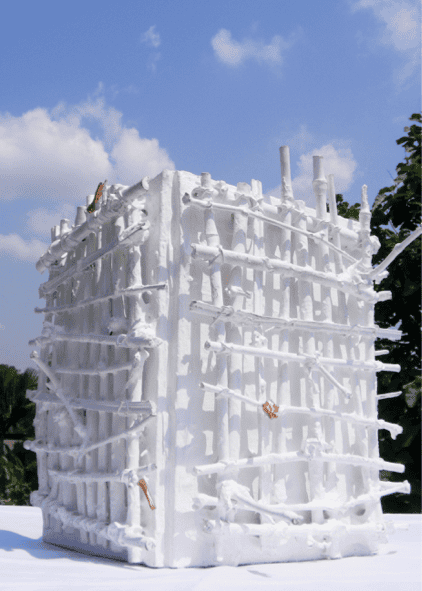

Three eyes (Book Art), 2009
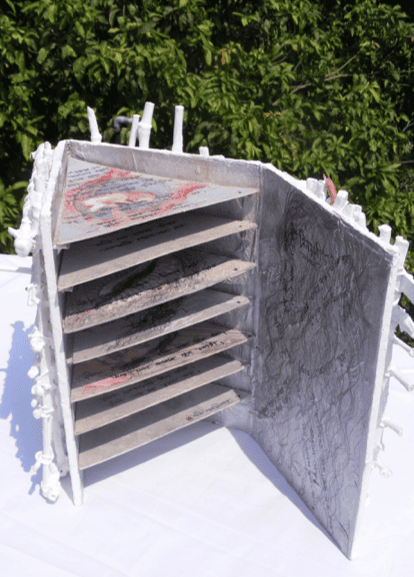

Three eyes (Book Art), 2009
Davangi: During your initial days in college, you majorly worked on Autobiographical works as you were not comfortable communicating with people. Would you like to describe the process and conceptualisation? Please elaborate as much as possible.
Sonali: During my initial years in college, my focus gravitated towards autobiographical works, a choice driven by my initial unease with social interactions. Rooted in a commitment to self-love and mindfulness, my art delved into the intricate interplay among the mind, body, and soul. It sought to scrutinize the profound impact of societal and political conditions on individual experiences. Drawing inspiration from Indian tempera, miniature painting, and art history, I infused a modern essence into traditional processes within my creations.
Functioning as a platform for sharing personal narratives, my art accentuated the significance of intertwining these moments to discern life's purpose. In a world dominated by virtual reality, my objective was to unveil an inner paradise, underscoring the potential for the body to synchronize with the mind and liberate itself from the confines of the digital realm. Creating a sanctuary for individuals to transcend the virtual, my art nurtured a profound connection with both themselves and the world around them.
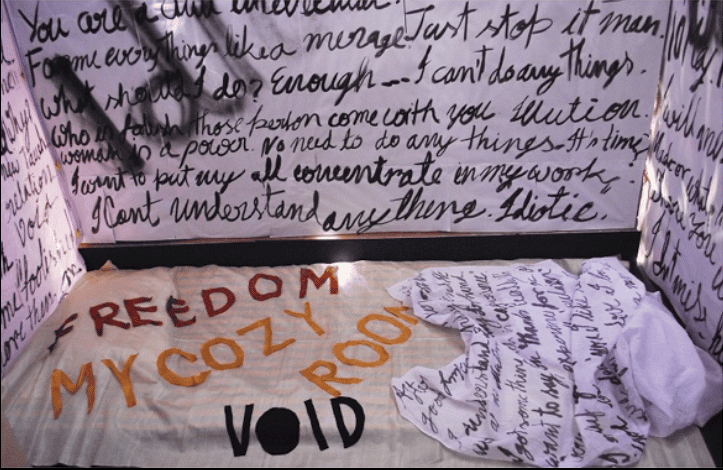

Room No.236, 2012
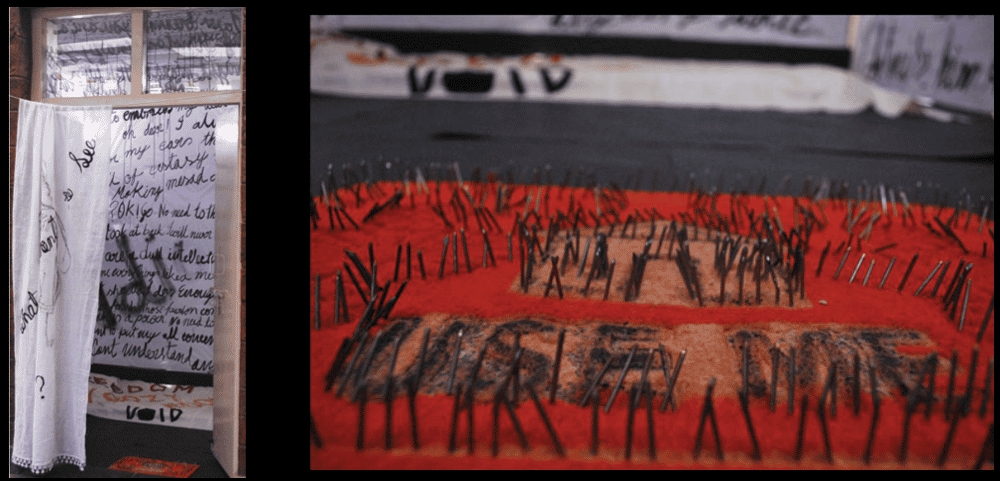

Room No.236, 2012
Davangi: Your practice revolves around “linking dots”, depicting duality and making people realize their purpose in life. Could you please elaborate more about this concept, your practice and philosophy?
Sonali: Throughout life, we navigate diverse situations that mould us, stemming from societal influences, personal experiences, and various other sources. I term these situations as the "dots" in our life's narrative. Through the deliberate interconnection of these dots, we can unearth a profound understanding of ourselves and discern the purpose that underscores our existence.
When delving into the repercussions of life using the metaphor of dots, my attention is also captivated by the current global challenge encapsulated by what I term "red dots" or the omnipresent fear of mortality. This prompts a reevaluation of the significance inherent in these dots, particularly in a period that raises pivotal questions surrounding life, death, and the tenacity of survival.
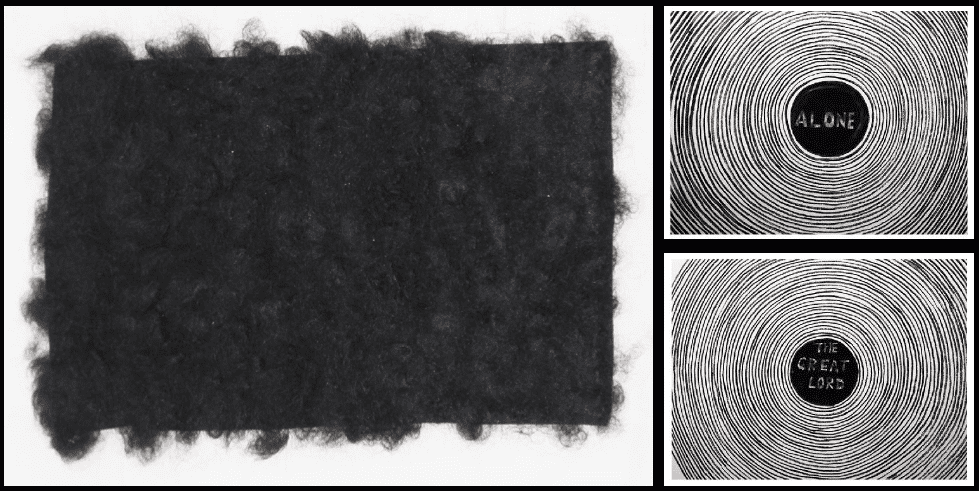

Untitled (Installation Art), 2017
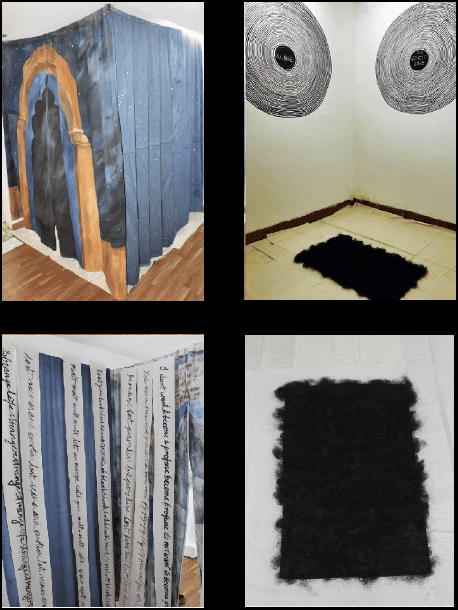

Untitled (Installation Art), 2017
Davangi: Works like Mist, Light in Dark and Confused Between The Two Land etc. reflect about the women in society and their position in the social structure. Did you incorporate your personal or the collective experience in these works? Could you please elaborate on how you channelise your thoughts to your works.
Sonali: In our daily lives in India, we hold great reverence for formidable goddesses. Paradoxically, we also encounter disconcerting narratives of women facing mistreatment. As a woman, I contemplate the solution, and I find it may reside in the empowerment and education of women, fostering inner strength and illumination.
From my childhood, a persistent question has lingered: why can't women attain the same status and respect, given our shared humanity? I am a firm believer that women must embrace boldness, stand up, and actively advocate for their rights both in their daily lives and within society, earning the full respect they rightfully deserve.
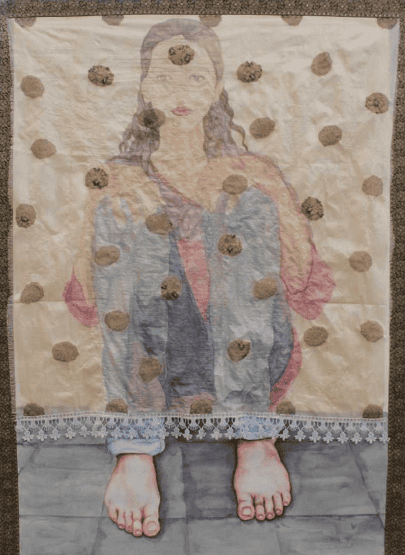

Untitled, 2012
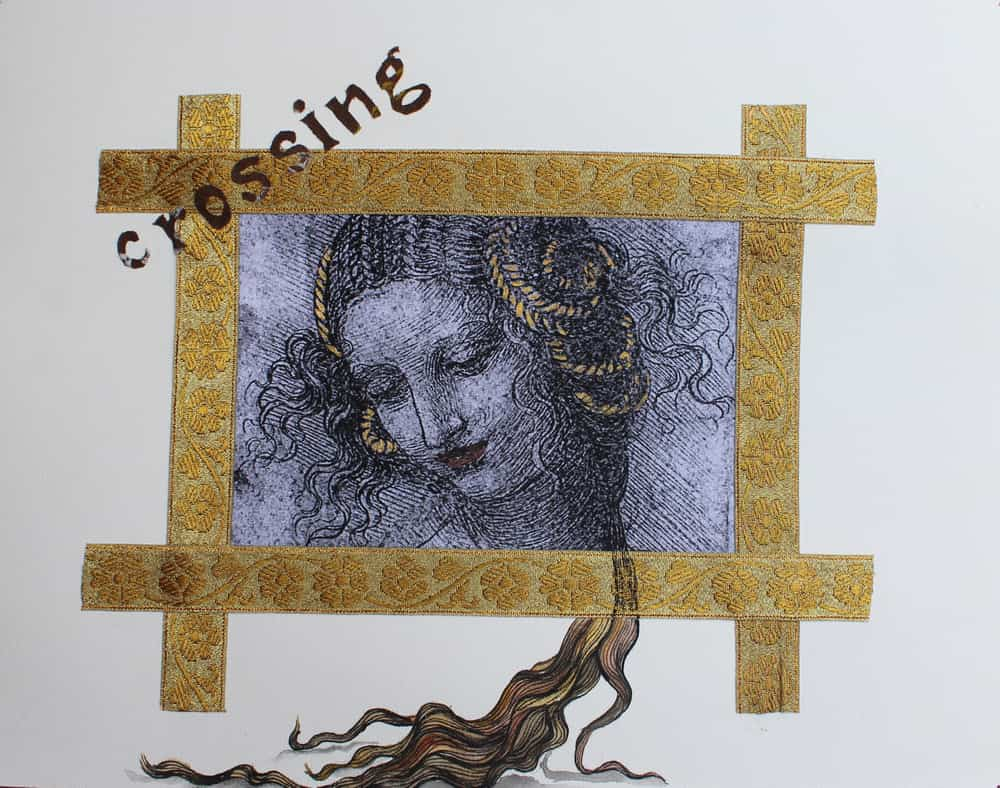

Crossing, 2012
Davangi: In our earlier conversation, you said that you don’t like to use toxic and artificial materials. Along with that you were always influenced by Bengal school - Tempera style mediums. Would you like to tell us more about your experimentation with different mediums and how you reached the decision on exploring tempera on Wasli, and the decision to move away from synthetic materials? Would you like to explore any other mediums & materials in future?
Sonali: I gravitate towards the use of natural and organic materials, drawing inspiration from the tempera style of the Bengal School. My chosen medium, classic tempera on Wasli (traditional Indian self-made paper), reflects my fascination with the intricate layers of our surroundings. Engaging with the paper, I manipulate folds and textures to encourage intimate observation. Incorporating materials such as hair, silk, wood, and fabric beads, I embrace a lifestyle that aligns with the natural and organic.
In my artistic expressions, I employ watercolour and traditional tempera on paper and Wasli paper, presenting my creations through installations. Within these works, I freeze moments from life, capturing static expressions amid tumultuous mental phases. My journey through art school directed my focus towards self-exploration and cultural traditions, particularly delving into ancient Indian art and the techniques of the Bengal School. The culmination of these influences is evident in my project "Joining Dots," which seeks to bridge ancient Indian culture with my personal artistic odyssey. Consistently driven by the spirit of experimentation, I explore diverse materials, mediums, and processes. Recently, my exploration has led me to delve into the traditional tempera process, aspiring to capture the essence of the earthy colours seen in the Ajanta cave paintings and relief sculptures. Drawing inspiration from the relief sculptures of Mahabalipuram, I endeavour to infuse their effects into my paintings.
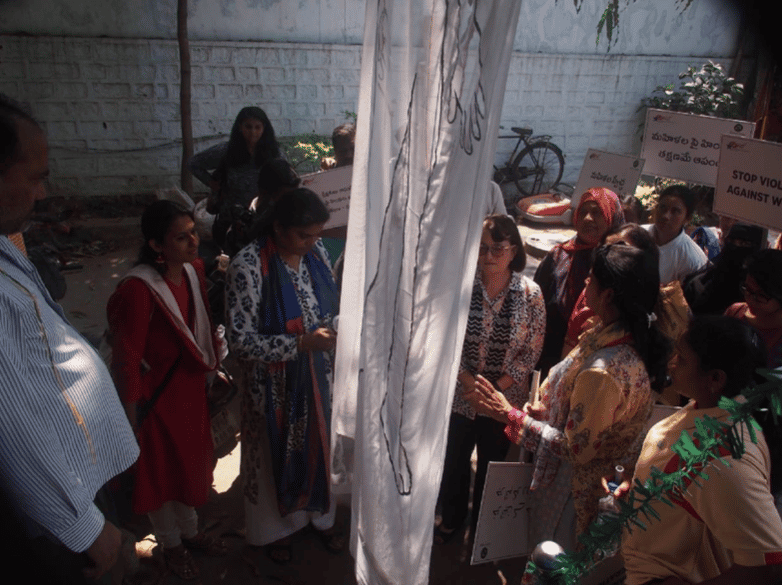

Her Body, Her Space, Her City, 2017
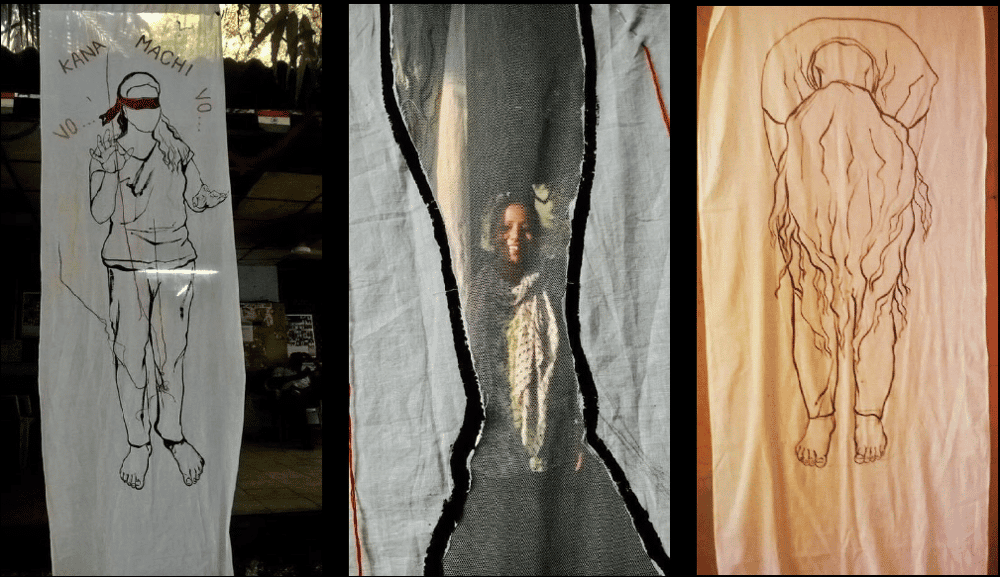

Her Body, Her Space, Her City, 2017
Davangi: In your works such as Lotus, The Paradise & Illusion, you portray women and nature in a kind of symbiosis. I remember you mentioning how women beautify themselves and hide their identity behind make up. Would you like to delve more into the context and conceptualisation?
Sonali: In today's era dominated by selfies and social media, there is a prevalent inclination for individuals to project a facade of happiness, showcasing idealized images of their lives. Despite this external display, I frequently find myself contemplating the existence of genuine happiness, particularly in the face of the myriad challenges present in the world, society, and everyday life.
In response to this introspection, I embark on a quest for answers, exploring the notion that authentic happiness might be an internal journey. It entails delving into the search for illumination within our own bodies, minds, and souls. Within this exploration, I delve into the idea that true beauty resides in this inner light and authenticity, surpassing any external veneer such as makeup. The objective of these works is to provoke contemplation on the authentic wellsprings of happiness and beauty, transcending the superficial presentations often prevalent in the digital age.


Lotus, 2018
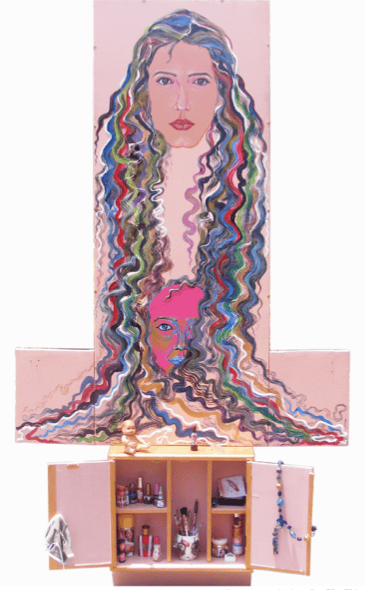

Retrospect, 2010
Davangi: Are there any artists, their practise or some aspect of their life that inspires you and your practice? If yes, Please elaborate. Among your peers, whose works excite you the most?
Sonali: Absolutely! I draw inspiration from artists such as Edvard Munch and Louise Bourgeois. I admire their adept use of the colour red and their ability to craft raw, expressive brushstrokes in their creations. The manner in which they seamlessly incorporate materials into their art serves as a genuine motivation. Moreover, I value their unique talent for infusing pain into their work in a beautifully profound manner. Their bold approach to life and art resonates deeply with me, serving as a wellspring of inspiration. In addition, among my contemporaries, I find the artistic contributions of [specific peer] to be particularly exhilarating and influential.


A Land Inside the Land, 2021


Sunrise and Sunset in River, 2021
Davangi: Your recent works such as River Inside, Distance Between Two Land, etc. are completely different to your previous style of works. How did this transition happen? What do you mean by capturing “The Landscape of the inner body” and how is it meditative?
Sonali: Certainly! My recent pieces, such as "River Inside" and "Distance Between Two Lands" signify a departure from my previous artistic style. This evolution transpired as my approach to art transformed into a meditative journey. Initially, my focus centred on external world issues and joys. However, over time, I recognized the significance of delving into our inner world to find peace and happiness.
In our daily lives, our minds, bodies, feelings, and souls navigate diverse circumstances, resulting in shifts in our mental states. I refer to these shifts as "invisible lands," each symbolizing a distinct facet of our comprehension of life. Essentially, my art captures the landscapes within us, depicting the diverse emotional terrains inherent to each individual. This meditative journey affords me the opportunity to explore and comprehend the various facets of our inner selves.
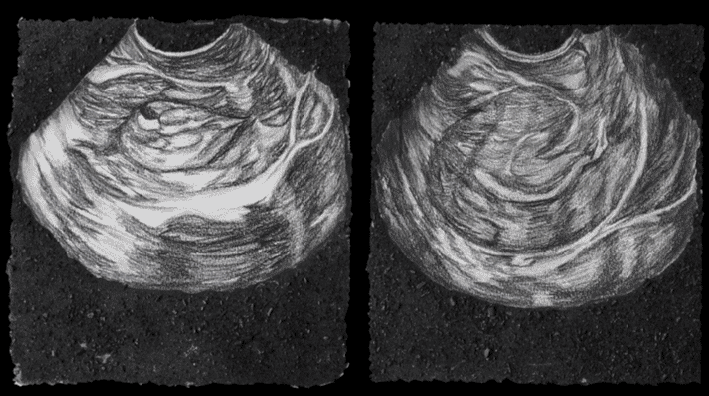

#empty #ultra #sound, 2023
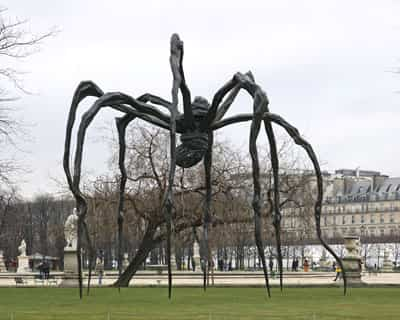

Spider by Louise Bourgeois, 1999
Davangi: What is next for you as an artist? Would you also like to mention your future projects?
Click here to view Sonali's Online Viewing Room and learn more about her practice.
Sonali: At present, my creative focus revolves around a new theme: the exploration of motherhood. This is an idea that has intrigued me for some time, and the current moment feels opportune to delve into it. I have devised plans for a series of paintings and sculptures that center around the concept of motherhood, with the intention of capturing the distinctive journey shared by all mothers. It feels akin to embarking on a voyage into a realm of unique experiences, and I am enthusiastic about giving life to this idea through my art—a journey that promises to transport me into another inner world.

